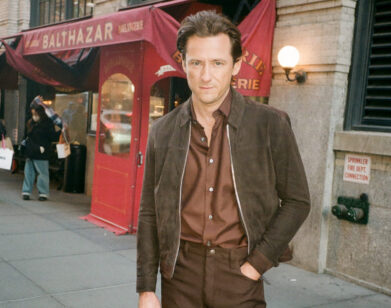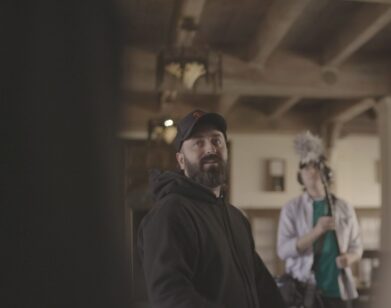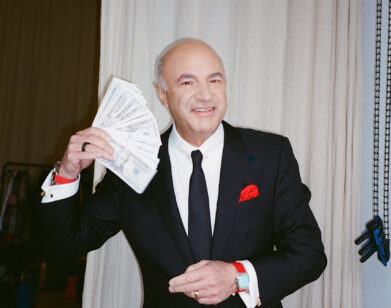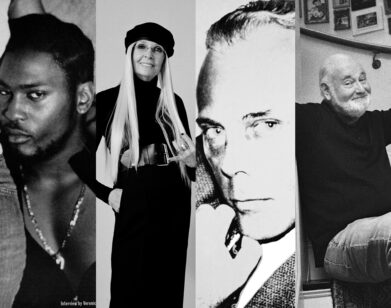Alice Winocour’s Chaos and Order
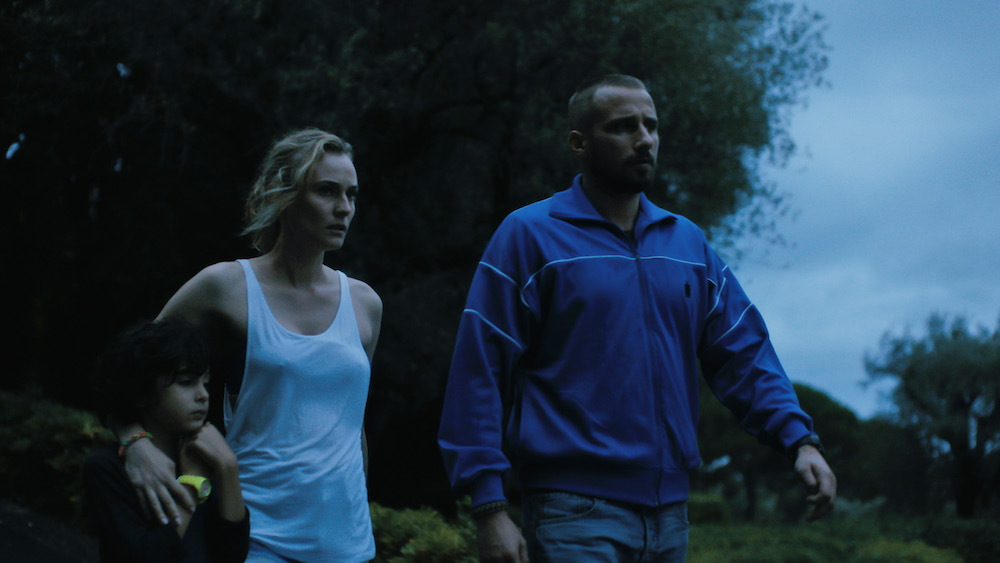
DIANE KRUGER AS JESSIE AND MATTHIAS SCHOENAERTS AS VINCENT IN ALICE WINOCOUR’S DISORDER. COURTESY IFC FILMS
The slick machinations devised by Alice Winocour in her second feature, Disorder, yield one conclusion: no one, not even oneself, is to be trusted. Winocour constructs a taut, atmospheric thriller based on the faultiness of the mind: Vincent (Matthias Schoenaerts), a soldier recently discharged from combat and struggling with PTSD, takes a job working security at a sprawling, gated mansion in Antibes for a Lebanese arms dealer masquerading as a businessman and his trophy wife (Diane Kruger). But while it’s easy to dismiss Vincent’s escalating paranoia and protectiveness as a symptom of illness, Winocour craftily turns a 180, introducing a series of violent events that skewer our perception of the situation at hand.
Disorder, which premiered in Un Certain Regard at Cannes last year, screens this week in Film Society at Lincoln Center’s annual Rendez-Vous with French Cinema series. We spoke to the writer-director last week about manipulating perception and making a “carnal” film.
COLLEEN KELSEY: We identify, immediately, with Vincent and are thrust into his point of view. We can also discern he is an unreliable protagonist. What really throws the viewer around is when events, in reality, become more and more incomprehensible, and his paranoia is justified. Was this story always going to be about perception?
ALICE WINOCOUR: A major idea for the film was to be in a single point of view from the beginning until the end. I met soldiers coming back from war and I was impressed by their description of PTSD, all the symptoms: the outburst of violence, the impossibility to cope with reality anymore, all that stuff. The character Vincent emerged from those testimonies, and then came the story with Jessie [Kruger] and the rest. Now that we are at the end of the process I can really understand the things I didn’t know at that time. I had experience with PTSD myself; probably that’s why I felt so close to the soldiers and the testimony. Also, because I had experienced this myself, I wanted to make a really physical and carnal film. It was a really different PTSD: I was giving birth to my daughter; I almost died, and my daughter as well. But since PTSD is being exposed to death and the death of someone close, I felt really close to [the soldiers]. Then came the idea of directing a horror film with action scenes. I also really wanted, in the film, to represent rough violence, almost like in a documentary.
KELSEY: One of the most crucial parts of Vincent’s character is that, even though the viewer knows he’s not going back to war, he still has the hope that he’s going to return. He doesn’t convert out of warrior mode.
WINOCOUR: Exactly. I wanted to film the action sequences like exhilarating scenes. You understand, to him, violence is something great. He lives again [during those scenes]. He was trained, mentally and physically, to do this. So, he’s not adapted to the normal world anymore. Those scenes were really great to shoot and I really discovered my own pleasure to direct those scenes. Because I was following the character and because we are really in his perspective, the film is almost like a sensory experience more than a narrative. You are really in him, and in his ears. The sound is very important in the film. We did a huge amount of work on the soundtrack to convey this distortion of reality, so mixing was very important in the process, to capture the breathing and that sort of stuff.
KELSEY: Going back to what you said about the sensorial qualities of the film, aside from the soundtrack, the way you film the settings, whether it’s the architecture of the villa or the party scenes, is so lush and tactile. What was your direction for the visual aesthetics?
WINOCOUR: For the party, I thought about a very tacky and decadent atmosphere. For example, the caviar on the hands, I had seen this in a real party [laughs] and that I thought was terrible. The idea was also to put it next to the scene where you see the soldiers with no legs, no arms, and to confront this world of arm dealers and the effect of war from those guys, onto these very young guys. Aesthetically I was inspired by Antonioni’s film La Notte, with the swimming pool and the rain. The villa is really a character of the film; I was also inspired by this terrible decoration you have, you can find the same one in Baie Rouge or in Los Angeles or in the south of France: wealthy and tacky things. It was really to express this world where Jessie is living, like a golden prison. She’s stuck in this superficial life, but in a way Vincent wakes her.
KELSEY: I don’t want to generalize him as Travis Bickle or something, but he does have this sensationalized moral obligation to protect and to save.
WINOCOUR: Well, Travis Bickle is suffering from PTSD because he’s back from Vietnam. So, of course, I thought of him. But, it’s Vincent’s worst nightmare; his paranoia is becoming real. It’s strange because when I was in the editing room, it was during the Charlie Hebdo attack. It was really weird to go out of the editing room and to see military on the streets, with arms, as a very natural thing, so I thought I was in the atmosphere of the film. Now, with the Bataclan attack, I thought it was so very strange because my little brother was in the attack and he survived. It was something close to the film, the idea of your worst nightmare suddenly becomes reality.
This idea of chaos, that’s what’s written on his arms, but this idea of chaotic times. Everything is chaotic in the film: the weather; his body; the politics. It’s very frightening for soldiers who don’t have any control over their body. You see corruption, but is it true, is it not true? I like the idea that there is doubt. It’s the doubt that is really a major ingredient of the paranoid thriller.
KELSEY: You wrote the film for Matthias, what about him inspired the narrative?
WINOCOUR: Well, I was a huge fan of his work, but the idea came because I knew that I needed a very physical actor. I had worked with Vincent Lindon in my first feature and he is that kind of actor. We don’t have very much actors of that type in France. So, I wrote the film for him, but I didn’t know him, so I sent it to him and then he was working a lot and also doing a lot of casting and stuff, so it was at some points a little frightening, but still I was confident that he would do it in the end. It was great to work with an actor that immersed himself in the part. He was really close to his own demons. The atmosphere of the set was weird, as well. We spent two months in the house. The house was really scary. The weather was chaotic. The crew was all stuck in there.
KELSEY: How did Diane come to be cast? Her performance is very controlled, like a Hitchcockian heroine.
WINOCOUR: Yes! I think she has a little Tippi Hedren, that kind of look. She has a cold appearance, but in the same way she’s very emotional, and that’s what I really love about this character. I like the idea that she’s a beautiful woman, but she becomes more and more human in that she awakes. She’s opened. Vincent is really in bad condition, he’s not capable of doing it, and maybe she’s waiting for it.
DISORDER IS CURRENTLY PLAYING AT RENDEZ-VOUS WITH FRENCH CINEMA. FOR MORE INFORMATION PLEASE VISIT THE FILM SOCIETY AT LINCOLN CENTER’S WEBSITE

